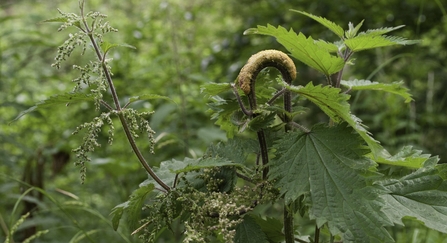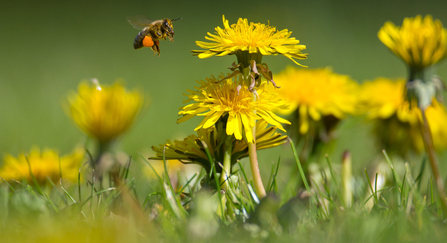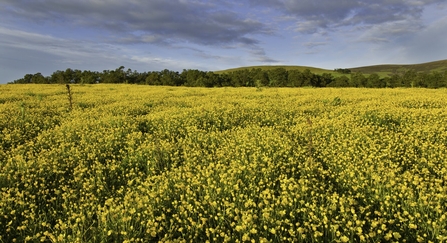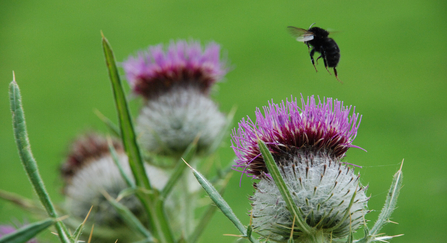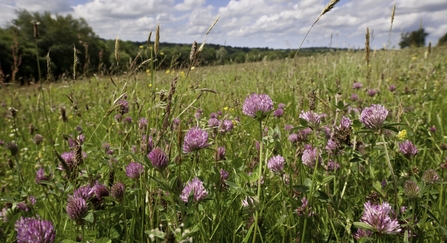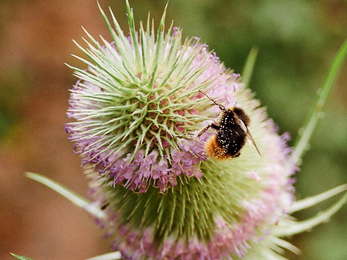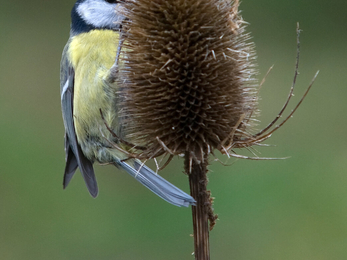It's time to embrace the weeds!
Weeds may seem like a nuisance but they actually have so many benefits for a whole range of wildlife. For pollinators in particular, weeds can provide a lifeline when nectar sources are limited.
Embracing weeds in your garden means less work for you! So why not put your feet up, let the grass and weeds grow and see what garden visitors you get? By letting nature do its thing, different plant species are able to grow, which helps insects to thrive, creates feeding opportunities for birds and shelter for small mammals.
You can also find weeds brightening up road verges, in woodlands, along field edges, and in our local parks and green spaces. Here is a list of some of our most well known weeds, and why you should show them some love!
Stinging Nettle


